
THE SOPPY TRUTH ABOUT ALL THIS RAIN
06/04/21 — Ada Broussard
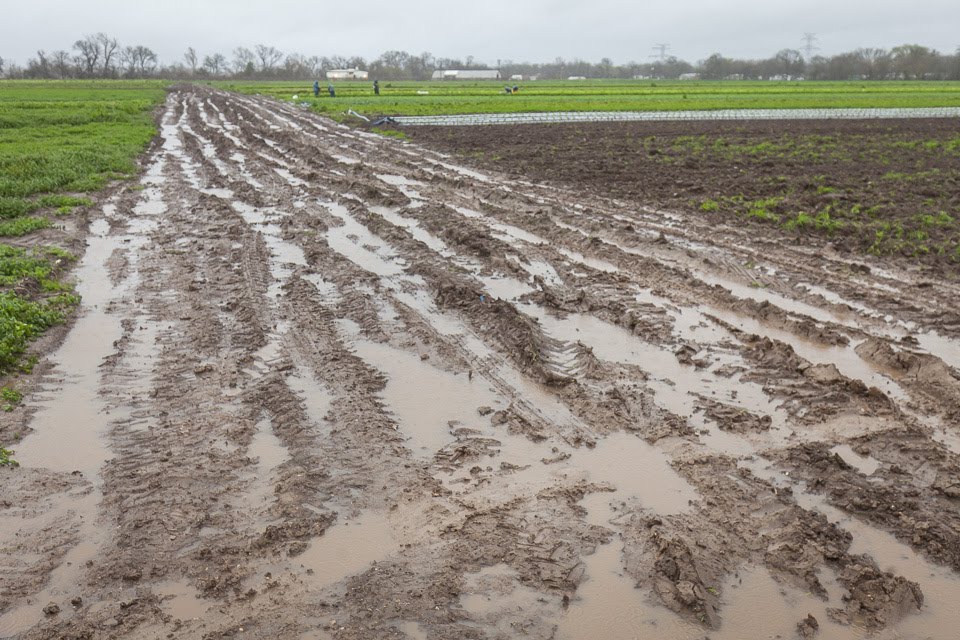 We're feeling very saturated over here.
We're feeling very saturated over here.
Hello blog readers and CSA Members!
Before we jump in, we have a special note about this Saturday’s farmstand. We have flowers!!! Pick your own bouquet, or snag one at the Garfield Farmstand that we’ve already harvested. CSA Members: As promised, you can pick a bouquet for free! And if you’re not a member, bunches of zinnias or sunflowers are only $5. Also! If you visit our Garfield Farmstand this Saturday, we’re running a special deal: for every $5 you spend, you get 1 free transplant. Transplant deal for this weekend only.
No onto business. This week on the blog, we wanted to take a moment and talk about the recent weather, and how it affects the farm, generally, and the CSA, specifically.
If you’re a CSA Member, you may have noticed some inconsistencies over the past couple of weeks between the box contents listed on our website and the box contents in your actual box. (Members, how has this affected you? Let us know by taking this survey here.) CSA Member or not, you may have also noticed things have been pretty wet as of late. The two instances are intimately connected.
Let us back up and start by explaining how we choose the CSA box contents each week. At the risk of sounding like overly dramatic farmers, we can’t emphasize enough how much consideration we put into this process. The job of planning one week’s box contents truthfully begins about 9 months before the box is ever packed when we decide on what varieties of seeds we’d like to purchase. These decisions are a team-effort and are based on years of historical data, customers’ feedback, the specific advantages and limitations of our croppable land, as well as a healthy sprinkling of farmer intuition. This process gives us the general blueprint of what vegetables we *hope* to grow, during which months. That’s step one.
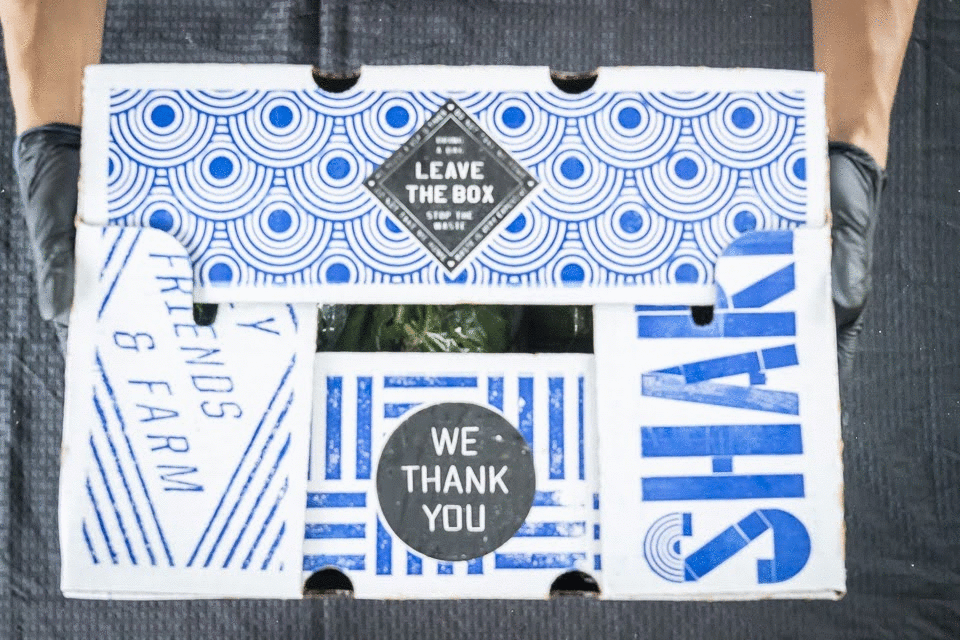 Choosing CSA box contents is a task we take very seriously. Watermelon and eggplant coming soon to a share near you.
Choosing CSA box contents is a task we take very seriously. Watermelon and eggplant coming soon to a share near you.
The next major step in CSA box-content planning happens about a month before the box’s pack date. This content mapping is based on which crops are currently growing, their health, and any logistical considerations - is the root harvester broken? Do we have enough labor to tackle a tedious crop like green beans? Are the pests minding their own business?
When it comes time to settle on the final version of a particular week’s box contents, Andrew, our CSA Packing Manager, consults with Tracy, our Barn Manager. The two make a plan, making sure that one week’s contents isn’t too similar to the week before, with a conscious effort to include a combination of crops that feel different from each other and that check different boxes like “a potato! Everyone knows what to do with me!” and “whoa! Look at this alien-like kohlrabi bulb!”. Andrew and Tracy take into consideration the needs of other departments, how things will fit together in a box, and check with A to see if people are craving something specific.
You may be wondering, though, how exactly they know what vegetables to include in the box? It’s not usually straightforward. On one hand, telling you what exactly will be in the boxes is one of the riskiest things we can do at the farm because (honest little secret) so much of it is based on a wish and a prayer. When Tracy visits the farm each week and scouts the fields, he makes note of all the fruit that look like it will be ready for harvest the following week. Unlike a grocery store, we do not have a ready-to-go inventory of endless vegetables. We harvest crops fresh for the CSA, and so much of our “inventory” lives in the field where it’s subject to… everything.
Most of the time, we can look at a row of zucchini at the end of one week, see that it’s covered in flowers, and make an educated guess as to how many pounds of zucchini we can harvest per row. So much of our box planning is based off of projections of how a crop will mature and look at the time we need to harvest it, which is just before it gets put into your box.
As you might imagine, these ‘best-guesses’ are subject to change. These past few weeks, with the incessant rain, the muddy conditions, and the inability to get equipment in the fields… even our most meticulously laid plans seem pointless. The weather has made itself known, and we bend and adapt our plans because this is farming, after all. Isn’t it exciting?!
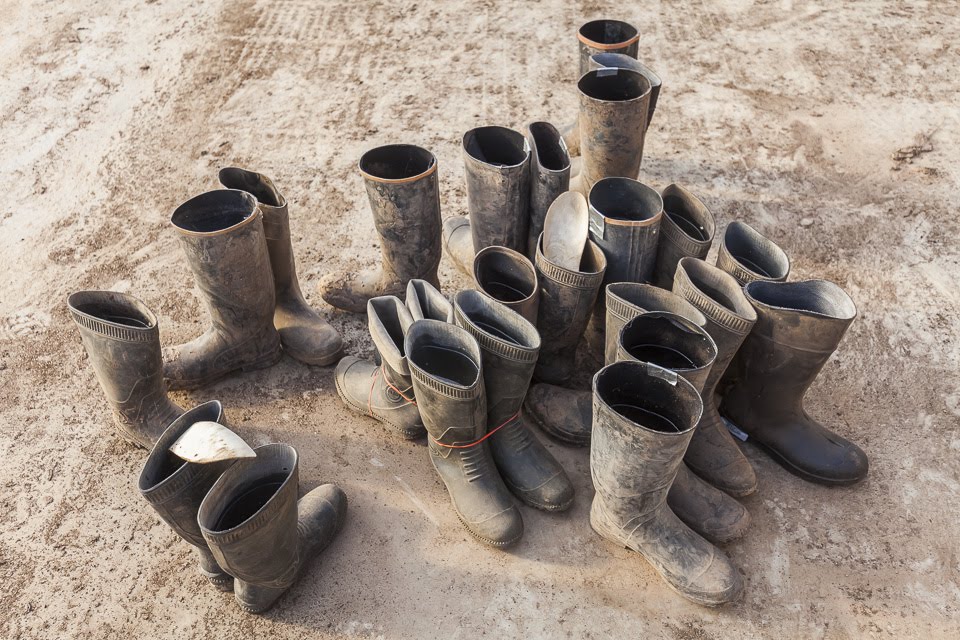 Rain boots - sponsor us.
Rain boots - sponsor us.
It seems like the rain has been nonstop for the past 4 weeks. We feel saturated. Here are a few of the ways the weather affects our farm:
Vegetables: Dark and gloomy days slow down the ripening and maturation of many of our crops. Vegetables need sun to grow, and consistently cloudy days can really pump the brakes. Most of our summer vegetables need 6-8 hours of sunlight a day in order to initiate the flowering process. Consistent temps of about 80 degrees speeds this process along, too. When the sun doesn’t poke out for days on end, and for only a few hours at a time, the fruiting process is stymied. This is what is happening with several of our crops! The foliage is big and beautiful, but the flowers, few.
Labor: The farm is muddy, and everything takes longer in the rain and mud. The simple task of walking from the harvest trailer to the end of the row is made more difficult by the ankle-weights of mud tethered to your feet. Now imagine doing that carrying a 45 pound bin of vegetables… If you can’t get the trailer to you, you have to go to the trailer. Earlier this week, strong gusts of wind blew over nearly every one of our tomato cages! Falling rain splashes dirt up onto crops like greens, rendering them a chore to clean. Instead of spraying off light, crumbly dirt from carrots, we’re washing roots that have a thick layer of mud caked on them. Even deliveries take longer, and despite the best crew, and the best time management, some harvests just can’t get done when we planned because everything is taking too long. During days like this, we’re often faced with a tricky dilemma: divert our planting crew to harvest duty and make sure that we fulfill the current veggie demands? Of course, if we choose this route, we are also shooting ourselves in the foot for future availability later this summer. If things don’t get planted, they won’t turn into crops.
 Our farm is divided into grids and there are several permanent roads, like this one. During wet conditions, they endure a lot of impact and it takes a true nija... or a very powerful tractor... to navigate them. Even the best operators can still get stuck.
Our farm is divided into grids and there are several permanent roads, like this one. During wet conditions, they endure a lot of impact and it takes a true nija... or a very powerful tractor... to navigate them. Even the best operators can still get stuck.
Equipment: When our fields are wet, we cannot work them with tractors. Not only would our tillage equipment not perform under these conditions, but also, when you put heavy machinery on wet soil, you run the risk of compacting the ground, rendering our lovely loose dirt into a dense dilemma. Trucks can sink in an unexpectedly muddy area, and everything has to come to a halt to unstuck the stuck. Because we can’t navigate through the farm with tractors and harvest trailers in the same way that we can under dry conditions, we are incredibly behind on planting schedules, for example. It’s noteworthy that after heavy rain like this, we need at least 3-4 very sunny days to dry things out and make our equipment useful again. In other words, it’s not just the rainy days that slow things down, it’s the wet conditions that follow too.
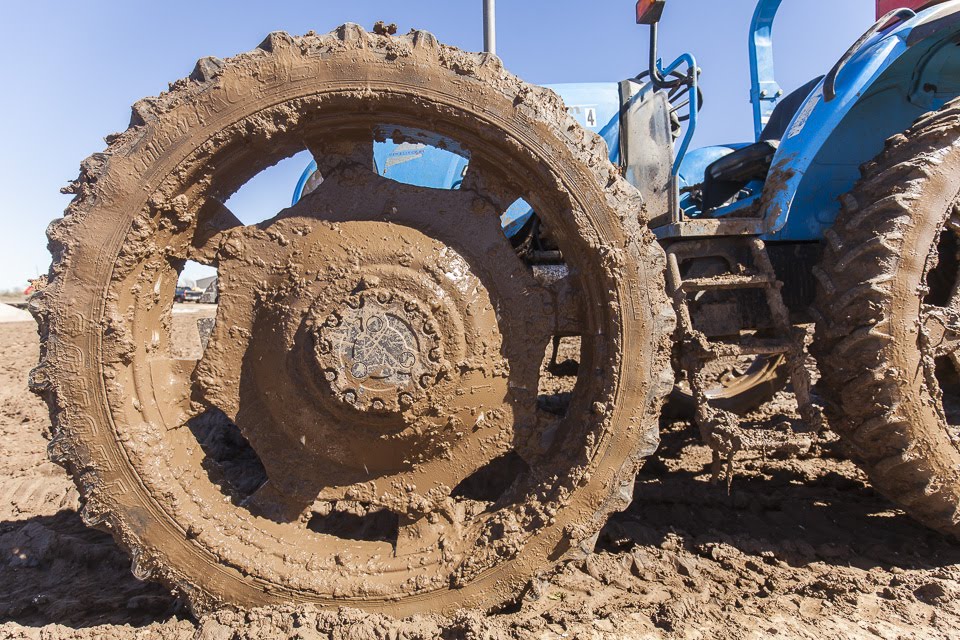 The Landini loaded with mud. In conditions like this, we pressure wash the tractors at the end of every day.
The Landini loaded with mud. In conditions like this, we pressure wash the tractors at the end of every day.
 The mud can feel inescapable.
The mud can feel inescapable.
Pests: In soppy conditions like this when we have trouble getting into the fields, some crops rot on the vine before we can pick them. We’re looking at you, zucchini. This is a breeding ground for pests, who are happy with the miserable conditions and do their best to procreate amid our problems. As soon as the sun peeks out and new fruit is ready, unfortunately a new generation of pests will also be ready to picnic away.
Sharing your projected box contents is important to us. We know that having a general idea of your CSA contents is useful to plan meals and grocery shop. Most of the time, we’re able to hit that mark, fairly accurately. Right now? In the Central Texas monsoon season? We’re doing our best. Please know that when we decide to put something in your CSA share other than what we said we would, it is a difficult decision, impacted by many circumstances. And while we know many of you are understanding of our predicament, we do look forward to sunny and predictable days when we can deliver on exactly what we say we will. That’s how it’s supposed to be, and you’re right to expect that from us… most of the time. The other times? Just remember that we are a farm, and the plants we’re trying to grow are sitting out there in a field… vulnerable to weather events.
Cheers to sunnier days ahead. Thanks for your patience. Tomatoes are coming!
Love, Your appreciative farmers
P.s. CSA Members (and lapsed members) - here is a link to the survey we’re asking you to take. We’ll raffle off some merch to all members who take the survey! Thanks for your help!
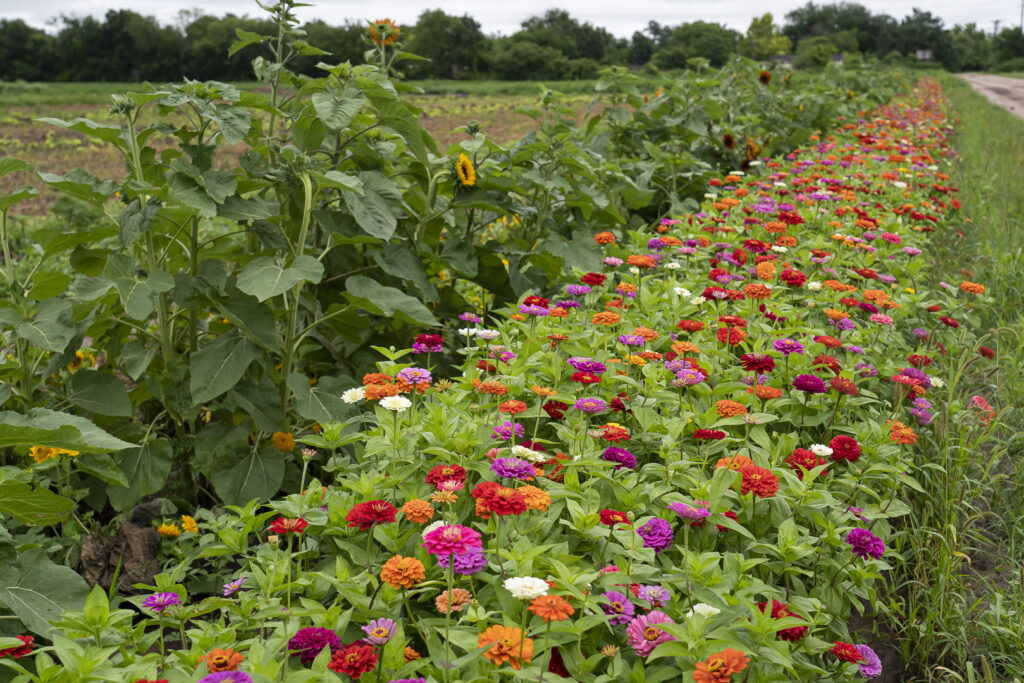 All the soppy mud aside, there are flowers!!!!
All the soppy mud aside, there are flowers!!!!






 0 ITEMS IN CART
0 ITEMS IN CART 

